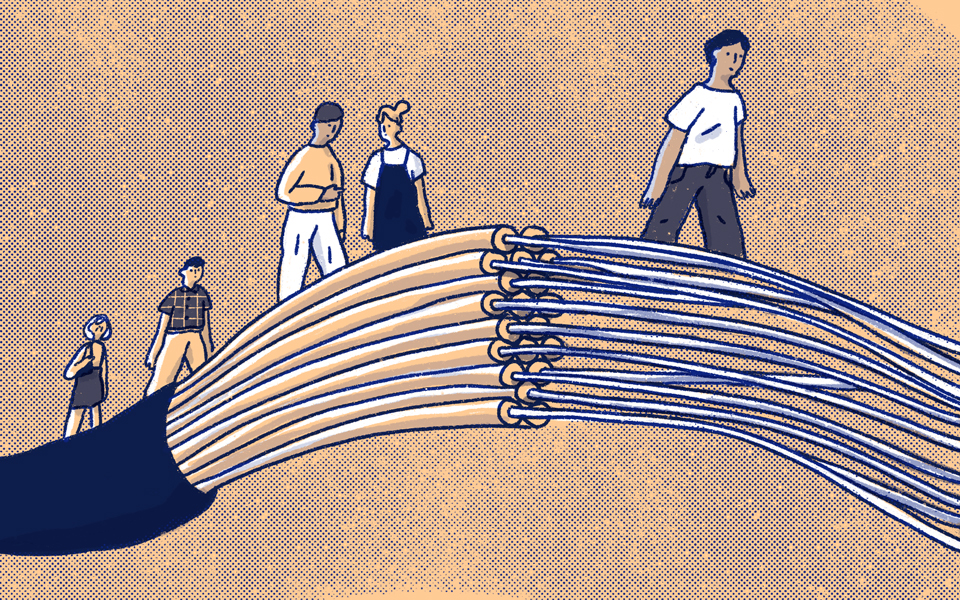It depends on who you ask. Can municipal broadband solve the digital divide by itself? No way. Even though there is municipal broadband in over 500+ communities, it has proven to be extraordinarily difficult and in some cases impossible to implement in many states. However, it could be an important piece to finally connecting underserved and unserved rural areas when all other avenues fail.
The United States is an impasse. Internet providers won’t service areas that are not financially viable because construction and infrastructure is expensive. However, so was electricity and internet service is becoming nearly as essential as that. So where does the US go from here to solve the digital divide?
As of the time of this article, it can be argued that there is no real national direction in solving it in a timely manner or to its true scale. The FCC or Federal Communications Commission has a number of key initiatives towards closing the gap, one of them is with satellite internet service, but it’s unclear how much traction or progress the US has seen in its efforts.
State Of The Internet In The US
The FCC estimates that a whopping 21 million Americans do not have access to broadband internet in any capacity at home. Unfortunately that estimate was proven to be much larger than the FCC stated. A study funded by Microsoft found that the number of Americans without broadband internet is over 162 million. That’s nearly 1 in 2 Americans or half of the population. The discrepancy in numbers is alarming, but not surprising that the FCC is downplaying how many are not connected. It was discovered that the FCC’s numbers actually derive from self-reported data from internet providers versus an actual study. Why would internet providers want to disclose how many people they’re leaving out of their services? How could they report on unserved rural areas when they’re not servicing them?
Solving The Digital Divide
With so many Americans without broadband internet service at home it’s no wonder that solving the digital divide has been a hot button issue over the past few years. With everyone social distancing, working and learning remotely; it’s more important now than ever to solve. We are depending on the internet and there’s no reason that millions of Americans should still lack the necessary connection to go on with their daily lives while staying safe.
Municipal Broadband May Be Only One Part Of The Puzzle
Municipal Broadband certainly has its merits, but it’s unrealistic to expect it to solve the entire digital divide. For the US to finally have all its citizens connected to high speed internet no matter where they live, there has to be a unified plan put into place. Municipal Broadband is expensive and it has been met with major opposition from large internet providers. If we could combine efforts from projects like SpaceX and Project Kuiper with funding like New NY Broadband Program on a nationwide scale, we might see real traction on solving the digital divide especially in rural areas that are hit the hardest.
What Is Municipal Broadband?
Unless you live in one of the few cities or towns that have municipal broadband, you might not even know what it is. Municipal Broadband is broadband internet services partially or entirely provided by local governments to residents in their area. If you’ve never heard of municipal broadband before, that’s no surprise. They’re not very common because they only pop up when existing internet providers and telephone companies refuse to offer competing internet services in that city or town.




